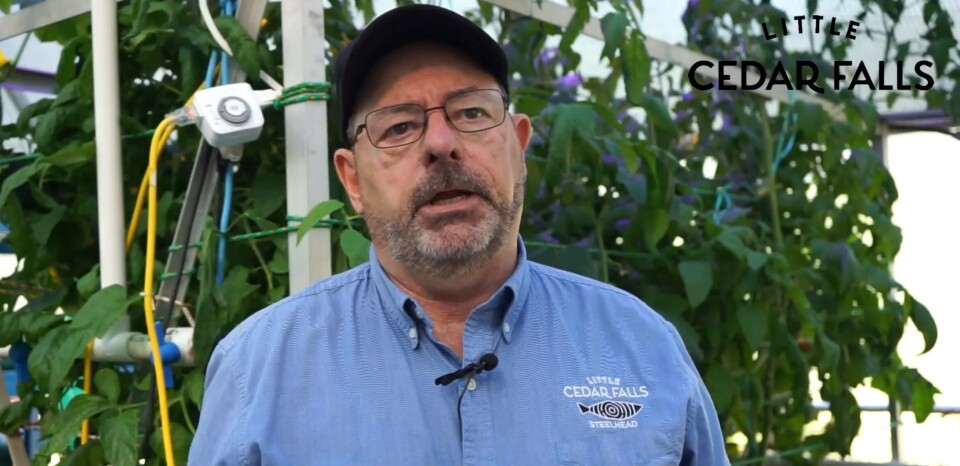
RAS entrepreneur makes fish poo pitch for $100,000 prize
A fish farmer from British Columbia is hoping to net Can$100,000 with a 60-second video pitch about his business.
Steve Atkinson and his wife Janet own Taste of BC Aquafarms in Nanaimo on Vancouver Island, producing steelhead salmon – an anadromous relative of the rainbow trout – in a Can$1.5 million on-land facility built with the help of a Can$450,000 grant from the Department of Fisheries and Oceans.
Taste of BC is one of 100 finalists in the Telus Pitch small business contest run by Canadian telecoms provider Telus. Contestants make a one-minute video pitch in the hope of attracting votes from the public.
In a short article on the Telus Pitch website, Atkinson writes: “Our farm is a commercial scale research facility where we conduct research and prove technology while maintaining commercial scale operations. We have built a team of collaborators from around the globe and after many challenges our farm, which produces ‘Little Cedar Falls’ brand of steelhead salmon, is one of the first in the world and the very first in north America to successfully raise salmon from egg to table in a land-based facility.
‘Copy our success’
“Our state-of-the-art 99.6% recirculating aquaculture system (RAS) is leading the way in the development of land-based salmon farm technology. We are now at the stage where we are able to build a model that can be a standardized into a module where others can copy our success leading to the building out of a land-based salmon industry in Canada.”
In the video pitch, Atkinson says the company captures all of the solid waste produced at the farm and has developed a process to convert it into a natural organic fertiliser, which it uses to grow vegetables in an aquaponics system.
“But we produce much more waste than we can practically use ourselves,” he adds. “$100,000 will help us scale up our process and bring to market 250,000 litres of high-quality organic fertiliser and save close to 10,000kg of fish waste from being discharged into the environment.”
Public voting has now begun to reduce the top 100 to the top 10 on July 15 and then a top 3 a week later. The winner will be announced on July 30.






















































